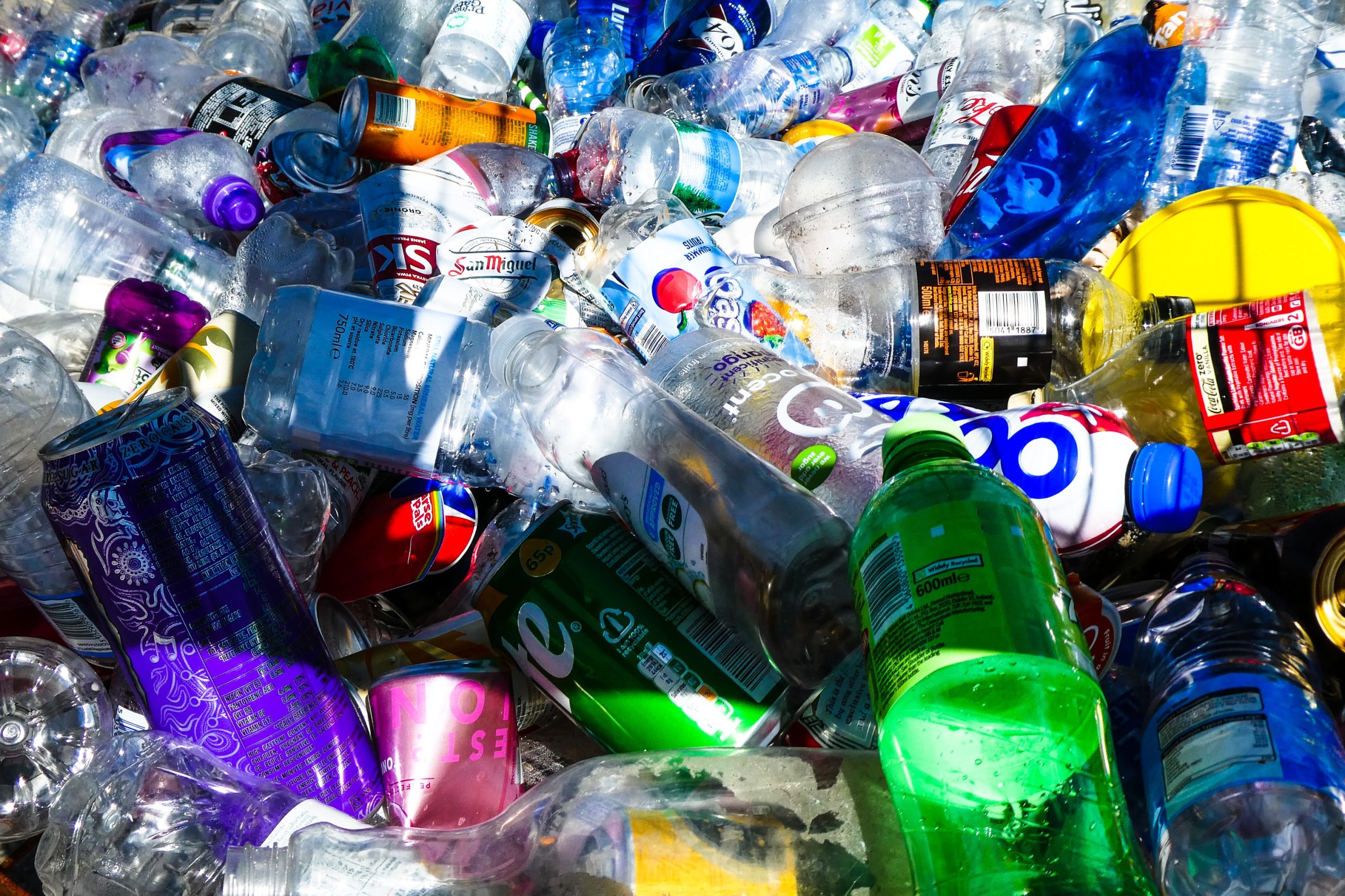RecyclingToday.com, July 2023
Are you tired of hearing about the circular economy? We don’t blame you. It’s easy to get lost in the jargon and technical terms that often surround this buzzword. But don’t tune out just yet because a data-driven approach to waste and recycling management is the missing piece of the circular economy puzzle, and it can benefit everyone involved.
At its core, the circular economy is about shifting away from the wasteful linear model of take-make-dispose to a closed-loop system that values resource efficiency and minimizes waste. It’s a vision that has the potential to benefit the environment, the economy and society as a whole. But here’s the catch: Analysts estimate that less than 10 percent of the global economy is circular. That’s a lot of missed opportunity.
Bridging the data gap to speed up the transition to a circular economy
By tracking the flow of materials and resources throughout their entire life cycles, we can identify areas for improvement and innovation, measure the environmental and economic impacts of our production and consumption patterns and validate the shift toward circularity.
But collecting this data is no easy feat. Technical and logistical barriers can make it difficult to ensure the quality and reliability of the data. Sharing data across different sectors and participants makes this even more of a challenge. However, the benefits of data tracking are too significant to ignore. Data can help optimize resource efficiency, reduce waste generation and foster innovation and collaboration by providing insights into the material flows and environmental impacts of different products and services.
In other words, data is not just a tool for monitoring and reporting—it’s a driver for change and transformation. The next time someone mentions the circular economy, think about the role of data in making this vision a reality.







